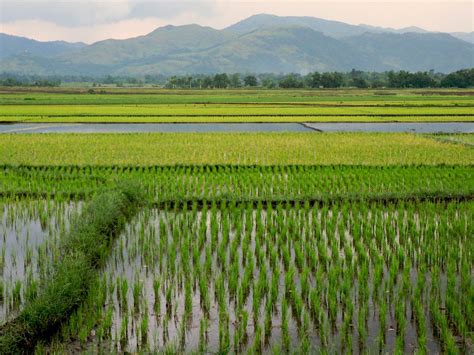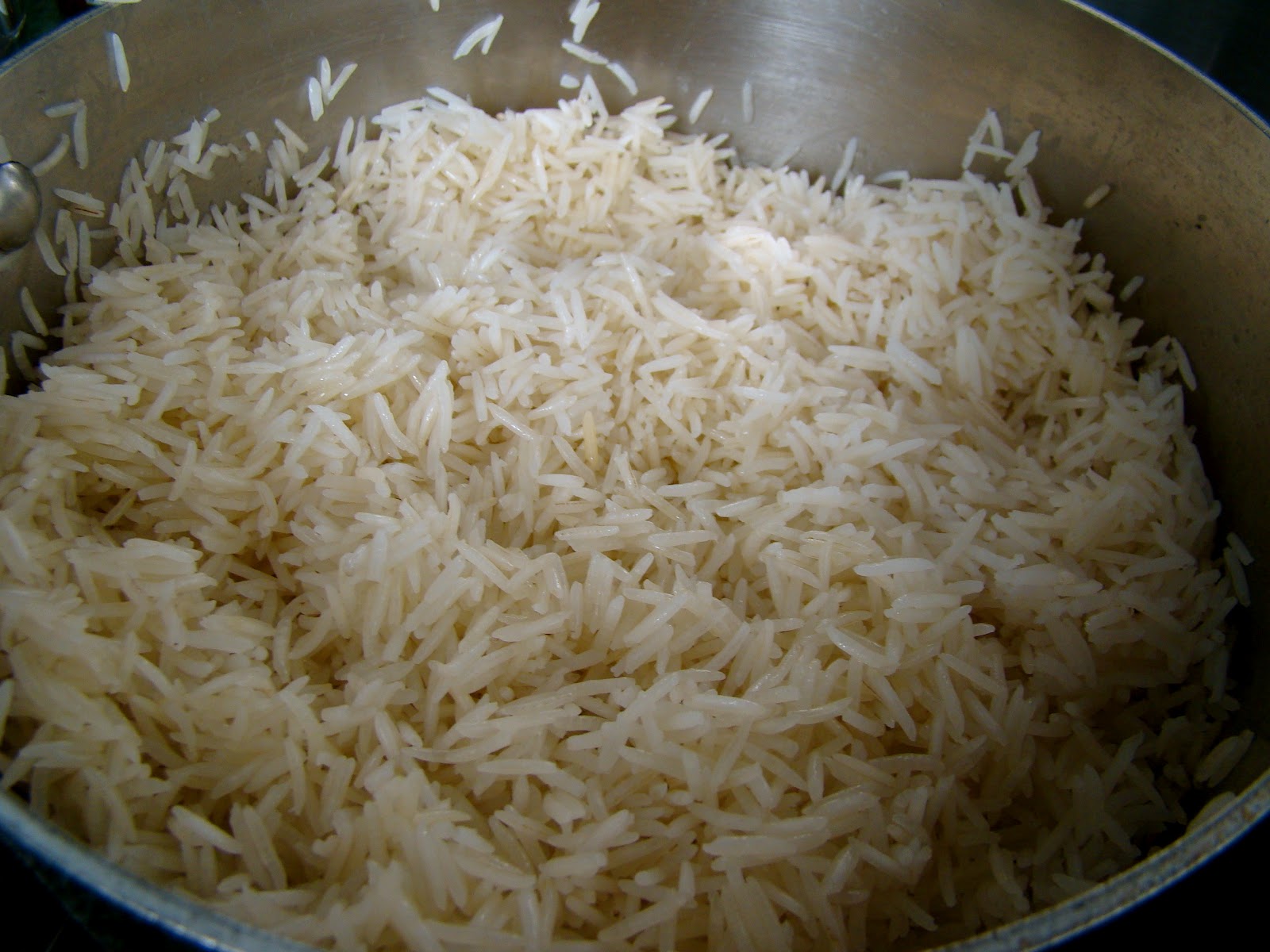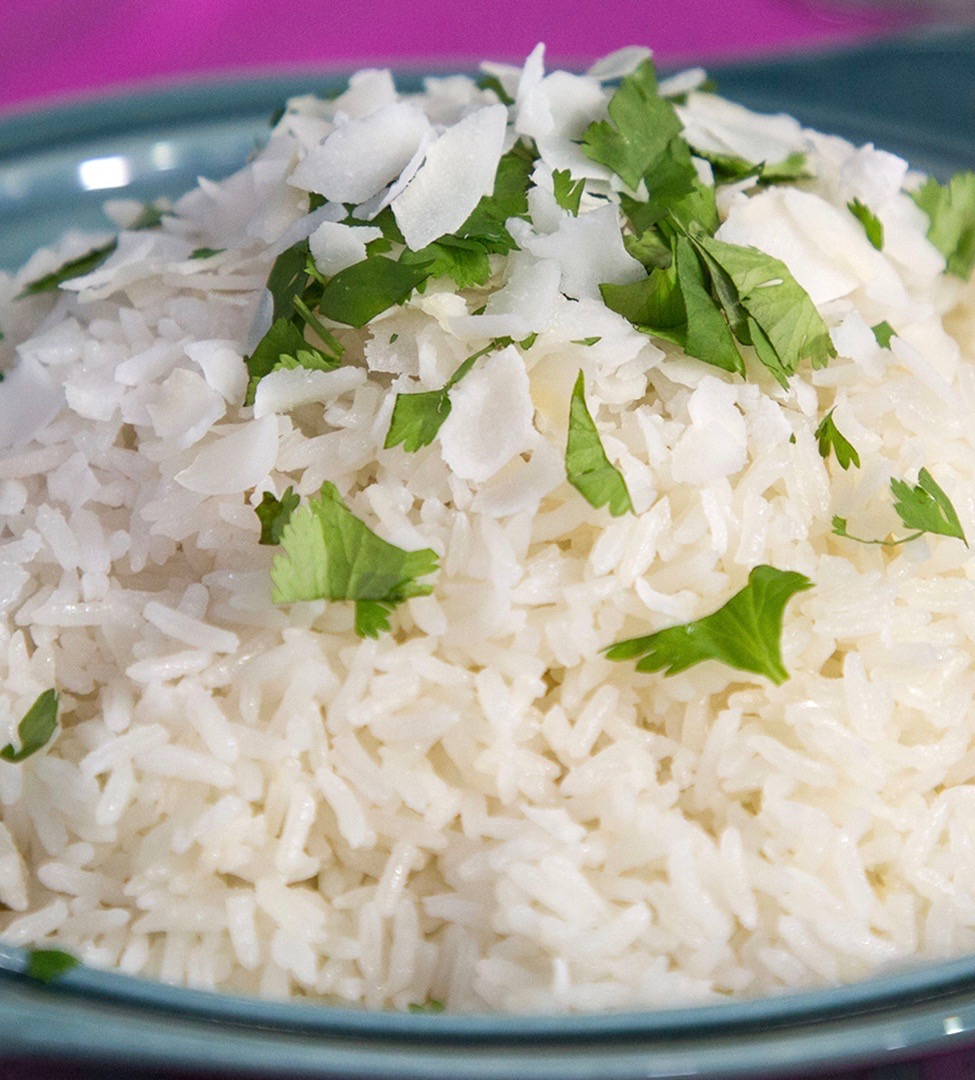
In 2012 Consumer Reports and the FDA published some findings about the existence of organic and inorganic arsenic in rice. Organic in this case refers to organic matter (i.e. soil and water), not the organic growing process. Inorganic refers to pesticides and fertilizers used on the rice. The arsenic content of rice varies depending on the type of rice and where it is grown.
- Basmati rice is the safest to consume. It absorbs the least amount of arsenic, compared to other types of rice.
- Brown rice has 80 percent more inorganic arsenic on average than white rice of the same type, due to the accumulation of pesticides and fertilizers in the outer layer of the grain.
- Rice grown in India, Thailand, Pakistan and California contains less inorganic arsenic, because it is treated with none or less chemicals than in other parts of the world.
- All types of rice grown in the U.S, with the exception of Sushi rice and rice grown in California, have the highest levels of pesticides and fertilizers. Consumer Reports states that rice from California has 38 percent less inorganic arsenic than white and brown rice from other parts of the country.
- Rice that’s grown organically, may not have inorganic arsenic content, but it takes up organic arsenic from the soil and water, the same way conventional rice does.
Did I get you freaked out? Before you start panicking, let’s put things in proportions. Rice has been eaten for centuries all around the world, and in some cultures it is a staple item. Yet, people are alive and are generally healthy. Additionally, there is some arsenic in everything we eat due to environmental conditions and the way we grow our food. But we are still around, aren’t we? So no need to stop enjoying rice. Just eat it in moderation. I’m certainly not giving rice up. I love it!
Here are some tips on how to minimize the amount of arsenic you get from eating rice and products containing rice:
- Avoid processed foods that contain rice syrup, especially brown rice syrup. Processed food is not that great for you to begin with. Now you have yet another reason to stay away from it.
- Look for imported rice from India, Pakistan or Thailand. California rice is also good. Avoid rice that was grown in Arkansas, Missouri, Louisiana and Texas. Same goes for rice flour.
- Try, if possible, to purchase white basmati rice (Indian or Pakistani) or white Thai Jasmine rice. Brown rice is also an option, but since it contains more arsenic, eat it in smaller quantities.
- Soak the rice in water for 20 minutes before cooking it. Rinse well and then cook it according to your recipe. Some of the vitamin B in the rice may be lost in the rinsing process, but some of the arsenic will be washed away as well.
- Some minerals such as selenium, magnesium and zinc, can help our body rid itself of arsenic, so if you are a rice eater, consider adding these minerals to your daily food consumption.
And now to my favorite part – recipes. There are many ways to cook rice, either plain, as a side dish, or as part of a whole dish. At home we eat a lot of both. As part of my Persian and Kurdish heritage, I grew up eating rice very often, so for me it is a staple item in the kitchen.
The best tasting white, plain rice, in my opinion, is basmati rice cooked the Persian way, such in this white rice recipe. If you’re looking for ‘all in one pot’ try Halebibi – Persian Pilaf.
The easiest and fastest way, though, and what we usually do at home on a regular basis, is the following recipe. You could use Jasmine rice, or any long grain rice, but the best result in texture and flavor is when you use basmati rice.
If using whole grain rice, use 2 cups water for every cup of rice. Cooking time will be longer as well, and the texture will be closer to cooked wheat or oats.

Everyday Plain Rice
Ingredients
- 4 tbsps oil
- 2 cups basmati rice
- 3 cups water
- 1 tbsp salt
Instructions
- Place the rice in a bowl and rinse well, two-three times, to get rid of the starch and any potential arsenals. If you have the time, it is even better to soak the rice in water for half an hour and then rinse it. Drain.
- Heat the oil in a medium pot. When oil is hot, add the drained rice carefully, and stir lightly. Be careful not to break the rice grains.
- Add the water and salt. Give the rice a stir to prevent it from clumping. Bring to a gentle boil, then lower the heat to low, cover the pot and cook on low heat for 20 minutes.
- Remove the pot from the heat and let stand covered for 5 more minutes, then remove the lid and fluff the rice, using a fork.
- Enjoy with your favorite chilis, stews, soups, or just eat it with a spoon strait from the pot.

Great post ?
Thank you! Hope it was helpful 🙂
This is scary, Tali! What about wild rice?
Same thing as brown rice. It is unpeeled. Soak it in water for 30 minutes before you attempt to cook it. Drain and rinse it well, and then cook. If you don’t consume it in large quantities (3 cups a day) you don’t need to worry too much. Enjoy 🙂
I soak all rice before cooking, of course. Thank you, dear Tali, for responding.
It all looks fantastic… I especially love your simple but tasty-sounding rice corn prep. Nice idea. I’ve got seitan fajitas on the menu for this week too… high quality organic long grain brown rice maybe I’ll look for some rice at the farmer’s market.
🙂 Amey
Hi Amey, I’m glad you found the post helpful. Seitan fajitas sounds good. Do you make the seitan yourself?